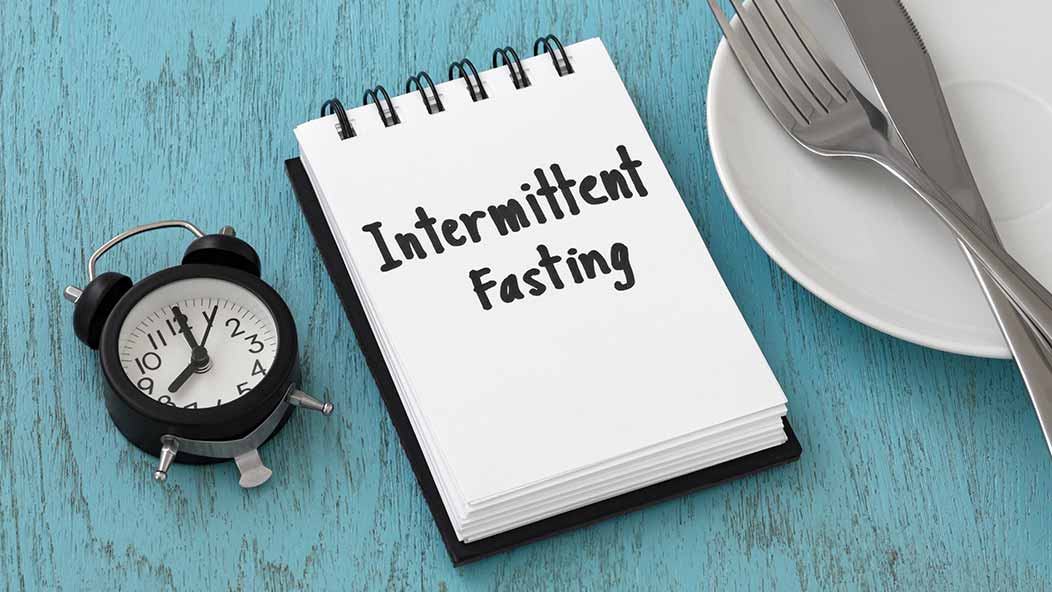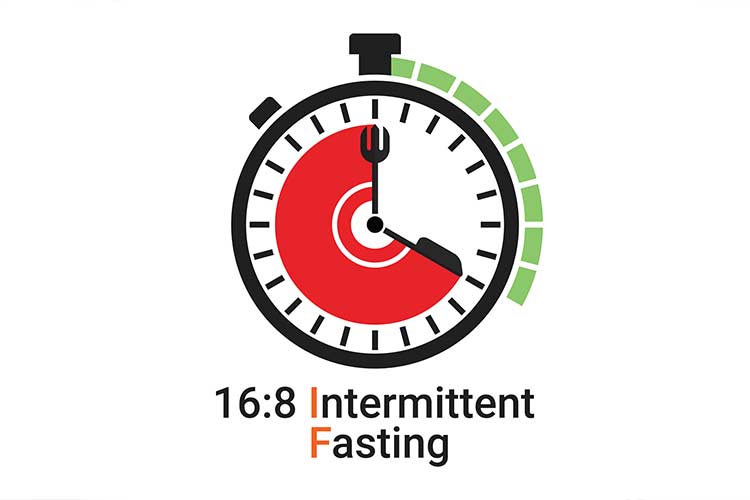Join Our eNewsletter!
Subscribe to our monthly newsletter to receive encouraging advice to help you lead a healthy lifestyle.

Intermittent Fasting: Benefits, Risks, and What You Should Know
Intermittent fasting has become a popular approach for weight loss, improved metabolism, and general health. But before you commit, it’s important to weigh the pros and cons of intermittent fasting to determine if it’s the right fit for your lifestyle. This guide explores the benefits of intermittent fasting as well as the disadvantages of intermittent fasting so you can make an informed decision that’s best for you.
What Is Intermittent Fasting?
Intermittent fasting involves cycling between periods of eating and fasting. It is considered more of an eating pattern than a traditional diet, as it focuses on when you eat rather than what you eat. The most popular methods include the 16/8 fasting schedule (fasting for 16 hours and eating during an 8-hour window), alternate-day fasting, and the 5:2 diet.
The difference between an eating pattern and a diet is that an eating pattern guides timing and structure, while a diet typically prescribes specific foods or calorie counts. But is intermittent fasting safe and healthy for everyone? Not necessarily – and understanding both the pros and cons of fasting is essential.
Benefits of Intermittent Fasting
Here are some key benefits of intermittent fasting that attract people to this eating pattern:
- Weight Loss: Many people find that intermittent fasting helps reduce calorie intake and promotes fat loss.
- Improved Metabolism: Fasting can improve insulin sensitivity and support metabolic health.
- Heart Health: Some studies suggest fasting may lower cholesterol and blood pressure.
- Mental Clarity: Some people report enhanced focus and cognitive function during fasting periods.
- Longevity: Research on animals suggests fasting could promote longevity, though more human studies are needed.

The Cons of Intermittent Fasting
Despite the benefits, there are several intermittent fasting disadvantages you’ll want to be aware of:
- Hunger and Cravings: One of the most common downsides of intermittent fasting is persistent hunger, especially in the early stages.
- Low Energy: Reduced energy levels and fatigue are side effects of intermittent fasting, particularly if you’re not eating enough during your eating windows.
- Digestive Issues: Fasting can sometimes lead to bloating, constipation, or other gastrointestinal discomforts.
- Nutrient Deficiency: Restrictive eating patterns may result in missing out on essential nutrients.
- Disordered Eating: For some, fasting can trigger unhealthy relationships with food.
Side Effects
Some side effects of intermittent fasting can be more serious:
- Headaches
- Irritability
- Difficulty concentrating
- Sleep disturbances
- Dehydration
It’s crucial to monitor these intermittent fasting side effects and consult with a medical professional if they persist.
Pros and Cons of the 16/18 Method
The 16/8 method is one of the most popular fasting schedules. But what are the specific pros and cons of intermittent fasting 16/8?
Pros
- Easier to follow than more restrictive fasting plans.
- Can fit into most lifestyles and daily routines.
- Supports gradual, sustainalbe weight loss.
Cons
- Extended fasting periods may cause irritability and fatigue.
- May be challenging for those with busy schedules or early morning workouts.
- Risk of overeating during the eating window.
Who Should Avoid Intermittent Fasting?
Is intermittent fasting good for everyone? No. There are certain groups who should be cautious or avoid fasting entirely:
- Pregnant or breastfeeding women
- People with diabetes or blood sugar regulation issues
- Those with a history of eating disorders
- Individuals with chronic health conditions should consult their healthcare provider before beginning
Final Thoughts: Weighing the Pros and Cons of Fasting
As with any diet or eating pattern, there are pros and cons to consider. While the benefits of intermittent fasting can be appealing, the disadvantages of fasting are just as important to recognize. From hunger and fatigue to potential nutrient deficiencies, the cons of fasting may outweigh the benefits for some individuals.
If you’re considering fasting, start slowly, stay hydrated, and prioritize balanced nutrition during eating periods. Always speak with a healthcare professional to see if intermittent fasting is healthy for your specific needs.








